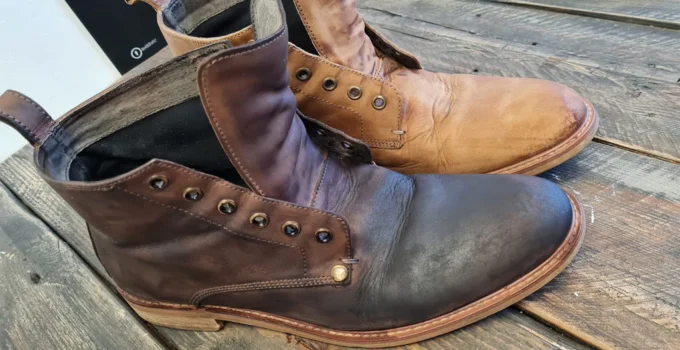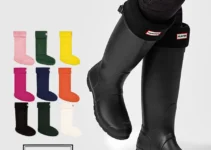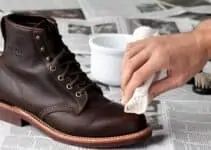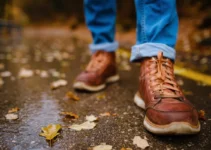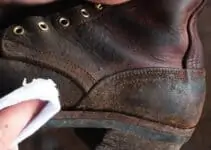Are you eager to revitalize your leather items that have seen better days? Are you ready to embark on a colorful journey of transforming worn-out leather into vibrant pieces? Look no further! We’ve got you covered with our comprehensive guide to dyeing leather like a seasoned pro. From preparation to application and finishing touches, we’ll walk you through each step with ease.
Understanding Leather Dyeing
Leather dyeing is a process that involves permanently staining the surface of the leather to achieve a desired color. Unlike regular color dye or shoe paint, leather dye penetrates the leather’s surface, creating a rich and vibrant finish while maintaining its inherent properties. This makes it an ideal choice for those looking to revive, refresh, or completely transform their leather items, including shoes, belts, bags, and more.
Types of Leather
Before you begin, it’s crucial to identify the type of leather you’re working with. Whether it’s full-grain, top-grain, or genuine leather, understanding the characteristics of each type will help you choose the appropriate dye and ensure optimal results.

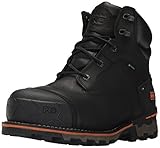






| Leather Type | Characteristics |
|---|---|
| Full-Grain | Highest quality, natural markings present |
| Top-Grain | Sanded and treated for uniformity |
| Genuine | Made from layers of low-quality leather |
Choosing the Right Dye
Selecting the correct dye is paramount to achieving the desired outcome. Olive oil-based dyes are popular for their vibrant colors and ease of application. Additionally, consider factors such as colorfastness and compatibility with your leather type.
Benefits of Leather Dyeing
Before we dive into the nitty-gritty of dyeing leather shoes, let’s take a moment to appreciate the benefits:
- Permanent Color: Leather dye creates a long-lasting color that won’t fade or wash away.
- Versatility: You can achieve a wide range of colors and effects with leather dye.
- Preservation: Dyeing helps to protect and preserve the leather, prolonging its lifespan.
- Customization: Have a specific color in mind? Leather dyeing allows for complete customization.
Now, let’s get into the step-by-step process of dyeing your leather shoes.
Step-by-Step Guide to Dyeing Leather
Now that you’re familiar with the basics, let’s delve into the step-by-step process of dyeing leather.
1. Prepare Your Workspace
Creating the perfect setup is crucial for a successful dyeing experience. Whether indoors or outdoors, ensure you have ample space, proper ventilation, and protective measures in place.
| Workspace Setup | Tips |
|---|---|
| Indoors | Use a large table, open windows, fan |
| Outdoors | Choose a warm, calm day, stay shaded |
2. Apply Deglazer
Prepping the leather surface is essential for optimal dye absorption. Use a deglazer or leather preparer to remove any existing sealant and prepare the leather for dye application.
3. Dampen the Leather
A light misting of water on the leather surface helps facilitate dye absorption and ensures an even application.
4. Apply the First Coat
Using a paintbrush or applicator of your choice, apply the first coat of dye evenly across the leather surface. Opt for gentle strokes to avoid brush marks and ensure uniform coverage.
5. Let it Dry
Allow the first coat of dye to dry completely before proceeding to additional coats. This typically takes about a day, depending on environmental conditions.
6. Add More Coats
For optimal color saturation and coverage, apply additional coats of dye as needed. Aim for at least three layers to achieve vibrant results.
7. Buff the Leather
Once the final coat has dried, use a clean, dry cloth to buff the leather surface. This helps remove any excess dye and enhances the shine of the finished product.
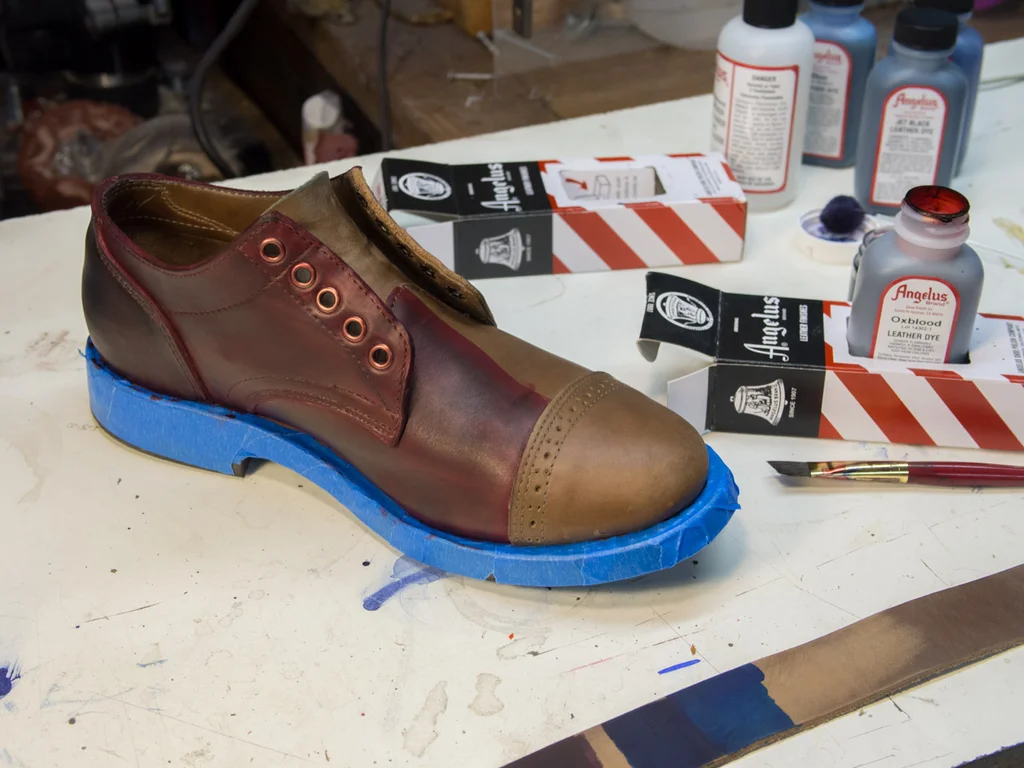
dyeing leather shoes
Step-by-Step Guide to Dyeing Leather Shoes
Step 1: Prepare the Leather
Before diving into the dyeing process, it’s crucial to prepare the leather properly. Here’s what you’ll need to do:
- Clean the Surface: Use a leather stripper to remove any existing polishes or finishes from the leather. This opens up the pores of the leather, allowing the dye to penetrate more effectively.
- Allow to Dry: Once cleaned, allow the leather to dry completely before proceeding to the next step.
Pro Tip: Take your time with this step to ensure thorough preparation, as it will significantly impact the final result.
Step 2: Apply Leather Dye
Now it’s time to apply the leather dye to achieve your desired color. Follow these steps:
- Apply Thin Layers: Use a brush to apply thin, even layers of leather dye to the surface of the leather. Start with a light coat and gradually build up the color as needed.
- Allow to Dry: Let the dye dry for approximately 30 minutes between coats. This allows you to assess the color and build it up gradually.
Pro Tip: Remember, it’s easier to darken the color than to lighten it, so start with lighter coats and add more as needed.
Step 3: Curing the Leather Dye
Once you’ve achieved the desired color, it’s time to let the leather dye cure. Here’s what you should do:
- Allow to Dry Thoroughly: Leave the leather to dry for at least 6 hours to ensure that the dye sets properly.
- Patience is Key: The longer you leave the leather to dry, the better the results will be.
Pro Tip: Don’t rush this step! Proper curing ensures a lasting and vibrant color.
Step 4: Apply Polish
After the leather dye has dried, it’s important to rehydrate the leather and give it a glossy finish. Follow these steps:
- Apply Leather Cream: Use a matching leather cream to rehydrate the leather. Apply a thin layer and buff it to a shine.
- Maintain Regularly: To keep your leather looking its best, reapply polish whenever it starts to look dull.
Pro Tip: Regular maintenance is key to preserving the beauty of your leather shoes.
Step 5: Protection
To ensure that your newly dyed leather shoes stay looking their best, it’s important to protect them from the elements. Here’s what you should do:
- Apply Protector: Use a rain and stains protector to create a protective barrier on the surface of the leather. Spray an even layer from a distance of approximately 30cm.
- Recommended for Footwear and Handbags: This step is especially important for items that are exposed to spills and water, such as footwear and handbags.
Pro Tip: Don’t forget to reapply the protector regularly to maintain its effectiveness.
And there you have it! With these simple steps, you can dye your leather shoes like a pro and give them a whole new lease on life. So why wait? Grab your supplies and get started today!
Tips for Dyeing Leather Like a Pro
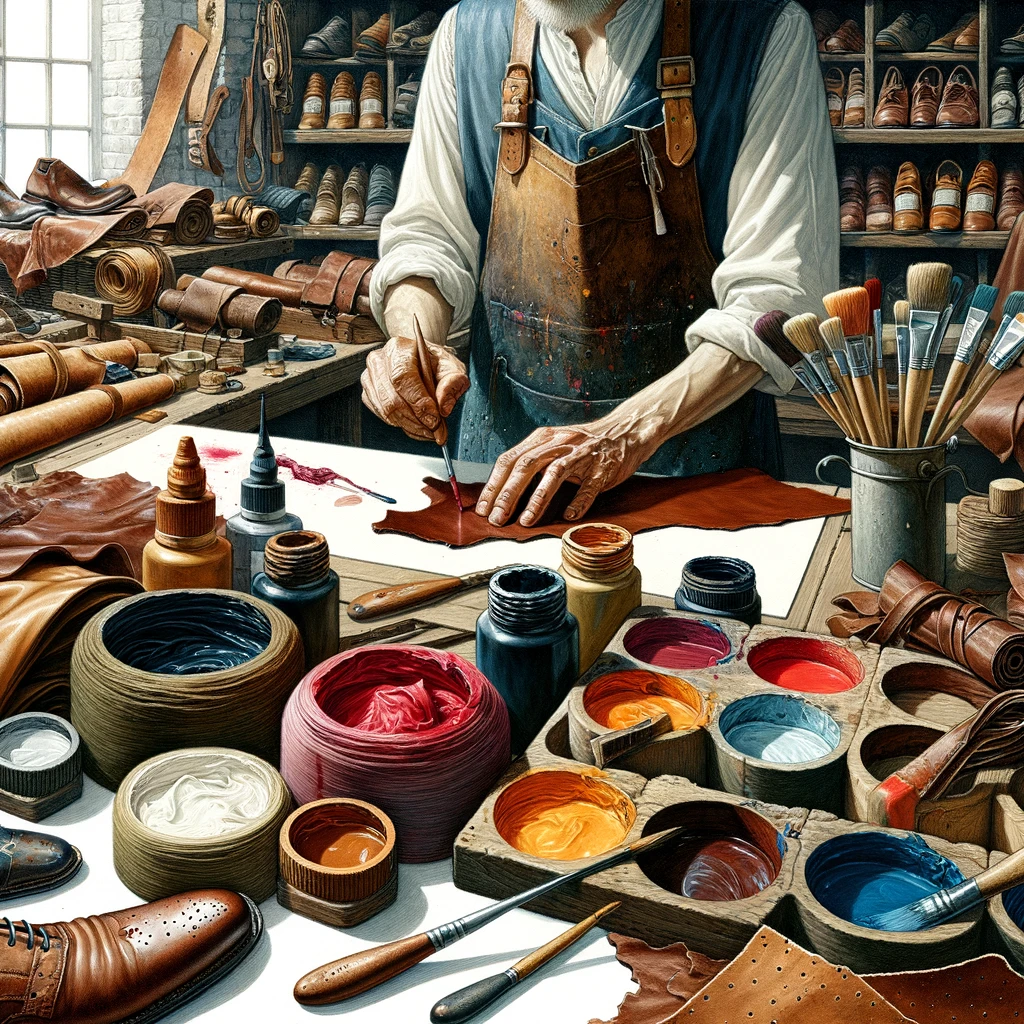
how to dye leather
1. Test Your Dye
Before diving into the full dyeing process, always test the dye on a small, inconspicuous area of the leather to ensure the desired color outcome.
2. Experiment with Tools
Explore a variety of tools such as sponges, cotton balls, and sprayers to discover which works best for your dyeing needs. Each tool offers unique advantages and can help achieve different textures and effects.
3. Dip-Dyeing Technique
For a quick and efficient dyeing method, consider dip-dyeing your leather items. This technique involves immersing the leather in dye for a short period, resulting in a consistent color coating.
Conclusion: Embrace the Vibrancy of Dyeing Leather
Dyeing leather is a rewarding endeavor that allows you to breathe new life into old favorites and unleash your creativity. By following our comprehensive guide and incorporating our expert tips, you’ll be well-equipped to tackle any dyeing project with confidence. So, grab your supplies and embark on a colorful journey of leather transformation today!
Frequently Asked Questions (FAQs)
Q1: Is dyeing leather difficult?
A: While dyeing leather may seem intimidating at first, with the right techniques and preparation, it can be a straightforward process that yields impressive results.
Q2: Can I dye leather at home?
A: Yes, dyeing leather at home is entirely possible with the right materials and setup. Just be sure to follow proper safety precautions and instructions.
Q3: How long does it take for dyed leather to dry?
A: The drying time for dyed leather can vary depending on factors such as environmental conditions and the type of dye used. Generally, it takes about a day for the leather to dry completely.
Q4: Can I mix different dye colors?
A: Yes, experimenting with mixing different dye colors can result in custom shades and unique effects. Be sure to test the mixture on a small area of leather before applying it to the entire surface.
Q5: How do I remove excess dye from leather?
A: Excess dye can be removed from leather using a clean, dry cloth or by buffing the surface with a leather conditioner. Additionally, applying a leather finisher can help achieve a polished appearance.
Q6: Can I dye leather shoes?
A: Yes, leather shoes can be dyed to refresh their appearance or change their color. Just be sure to follow the proper preparation and application steps for best results.
Q7: Does the type of leather affect the dyeing process?
A: Yes, different types of leather may require slightly different dyeing techniques and products. It’s essential to consider the characteristics of your leather before proceeding with dyeing.
Q8: How can I ensure even dye coverage on leather?
A: Achieving even dye coverage on leather involves thorough preparation, application techniques, and patience. Be sure to follow each step carefully and apply multiple coats as needed for optimal results.
Q9: Can I dye leather without specialized equipment?
A: While specialized dyeing tools can be helpful, it’s possible to dye leather using basic household items such as paintbrushes, sponges, and cotton balls. Experimentation is key to finding the tools that work best for you.
Q10: Is dyeing leather a permanent process?
A: Yes, dyeing leather is a permanent process that penetrates the fibers of the material to alter its color. However, it’s essential to follow proper maintenance and care practices to preserve the dye job over time.

